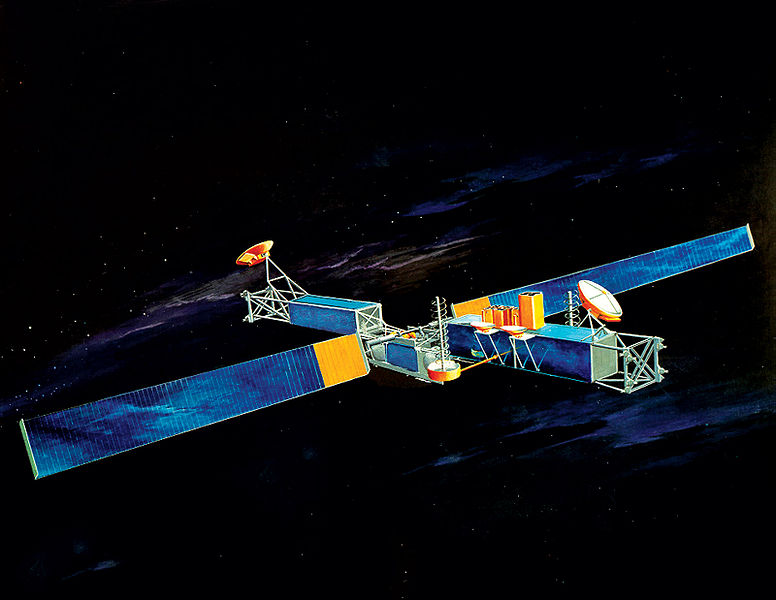Science News
Heavy Traffic
May 14, 2010

As Atlantis heads into space today, it will just avoid some heavy traffic.
On just about any dark, clear night, skywatchers can see at least a few satellites cruising silently overhead, looking like faint stars wandering across the sky. Since the launch of Sputnik in 1957, thousands of artificial moons have been rocketed into orbit for civilian, scientific, commercial, and military purposes.
According to the Union of Concerned Scientists, there are currently about 900 operational satellites circling the planet, but if “space junk” is included – that is, rocket shrouds, booster stages, dead satellites…and even a toolbox that was accidentally released by a spacewalking astronaut – the number of objects currently being tracked by the U.S. Space Surveillance Network is approximately 19,000. And that’s only those larger than 10 centimeters in diameter, or about the size of a softball.
Most satellites operate between 100 miles and 22,300 miles. Within this range, everything from communication to military to weather satellites circle the planet. Lower-orbiting satellites circle the globe about every 90 minutes, while those up at 22,300 miles – the geosynchronous orbit – circle at the same rate at which Earth rotates and thus always remain above the same spot on the ground (which is why images from certain weather satellites always show the same part of the country and why satellite-TV dishes must constantly be pointed toward the same spot in the sky).
With so many objects orbiting the planet, space scientists are growing concerned about the potential for collisions between satellites, as occurred in February 2009 when an out-of-control Russian satellite ran into a U.S. communications satellite, destroying both and creating a cloud of debris that scientists were concerned could pose further collision hazards to other satellites, though not to NASA’S Space Shuttle or to the International Space Station, whose orbits are below that of the debris.